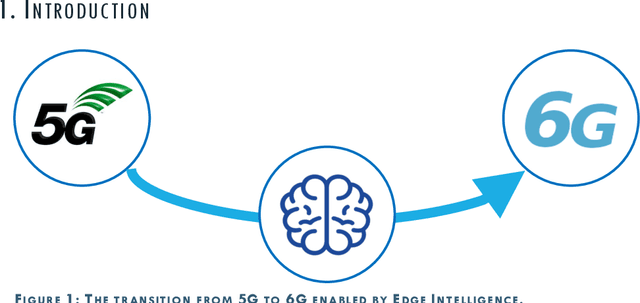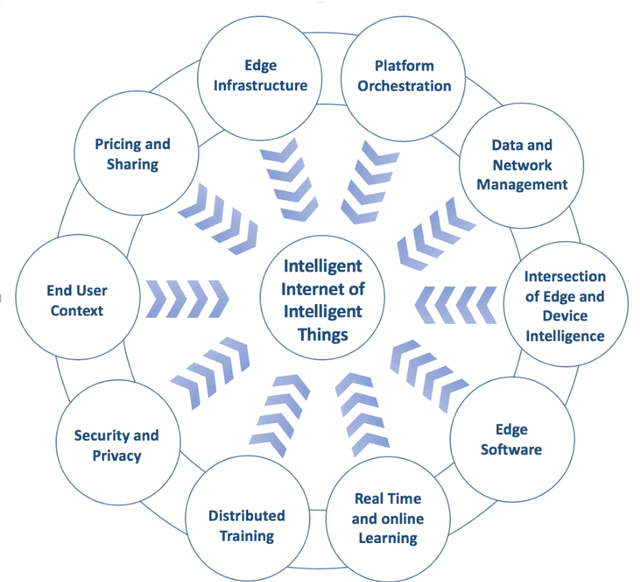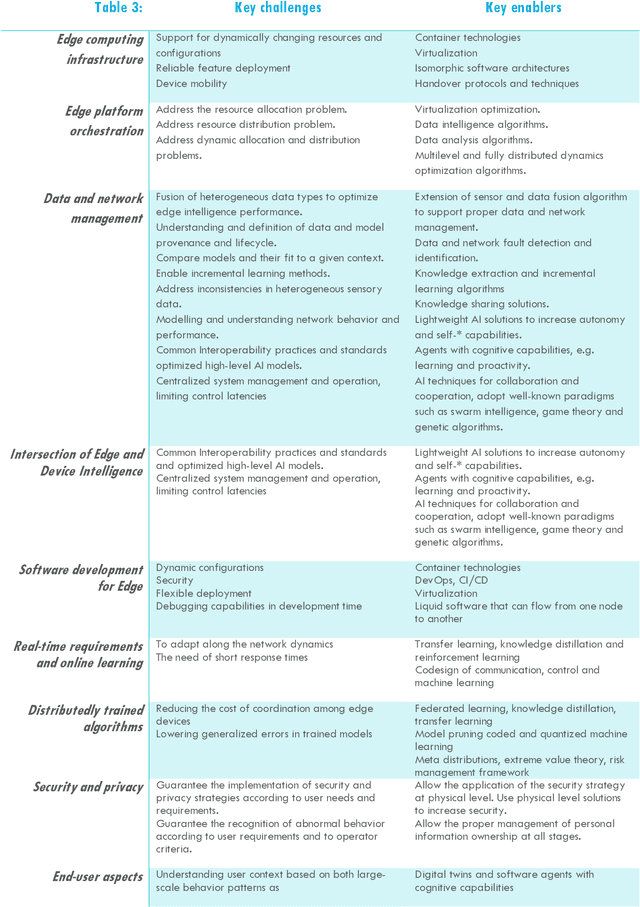Aaron Ding
Bias in Automated Speaker Recognition
Jan 24, 2022



Abstract:Automated speaker recognition uses data processing to identify speakers by their voice. Today, automated speaker recognition technologies are deployed on billions of smart devices and in services such as call centres. Despite their wide-scale deployment and known sources of bias in face recognition and natural language processing, bias in automated speaker recognition has not been studied systematically. We present an in-depth empirical and analytical study of bias in the machine learning development workflow of speaker verification, a voice biometric and core task in automated speaker recognition. Drawing on an established framework for understanding sources of harm in machine learning, we show that bias exists at every development stage in the well-known VoxCeleb Speaker Recognition Challenge, including model building, implementation, and data generation. Most affected are female speakers and non-US nationalities, who experience significant performance degradation. Leveraging the insights from our findings, we make practical recommendations for mitigating bias in automated speaker recognition, and outline future research directions.
6G White Paper on Edge Intelligence
Apr 30, 2020



Abstract:In this white paper we provide a vision for 6G Edge Intelligence. Moving towards 5G and beyond the future 6G networks, intelligent solutions utilizing data-driven machine learning and artificial intelligence become crucial for several real-world applications including but not limited to, more efficient manufacturing, novel personal smart device environments and experiences, urban computing and autonomous traffic settings. We present edge computing along with other 6G enablers as a key component to establish the future 2030 intelligent Internet technologies as shown in this series of 6G White Papers. In this white paper, we focus in the domains of edge computing infrastructure and platforms, data and edge network management, software development for edge, and real-time and distributed training of ML/AI algorithms, along with security, privacy, pricing, and end-user aspects. We discuss the key enablers and challenges and identify the key research questions for the development of the Intelligent Edge services. As a main outcome of this white paper, we envision a transition from Internet of Things to Intelligent Internet of Intelligent Things and provide a roadmap for development of 6G Intelligent Edge.
 Add to Chrome
Add to Chrome Add to Firefox
Add to Firefox Add to Edge
Add to Edge